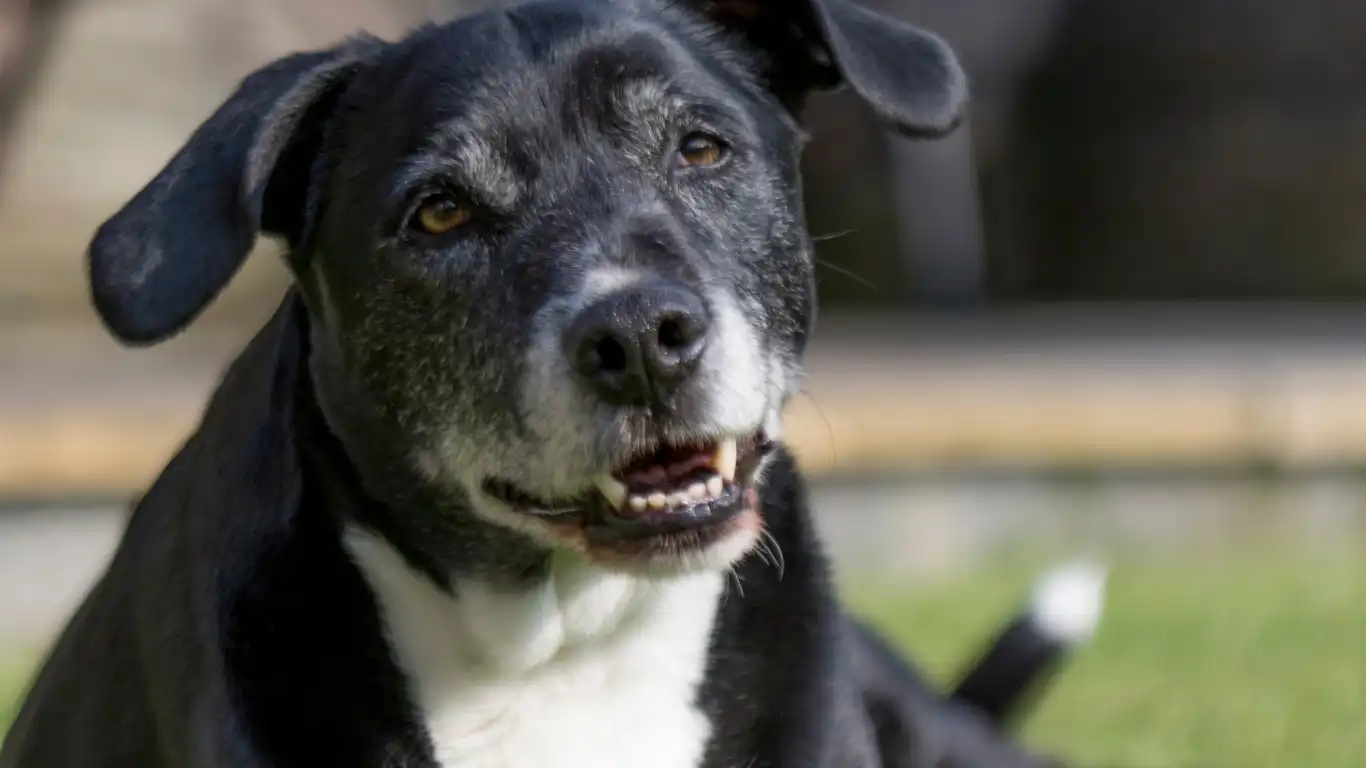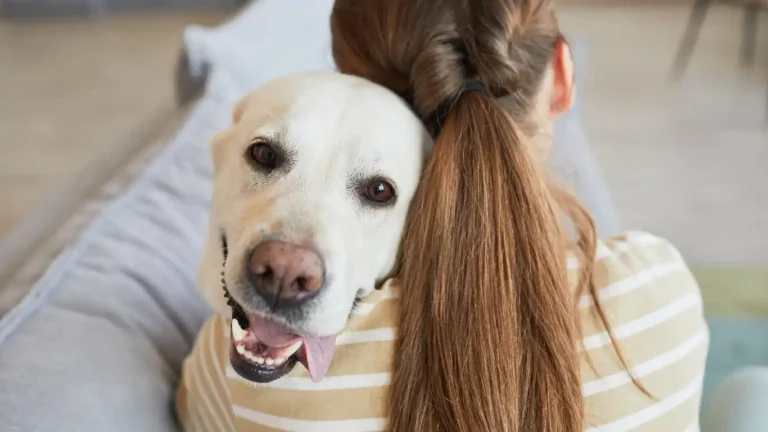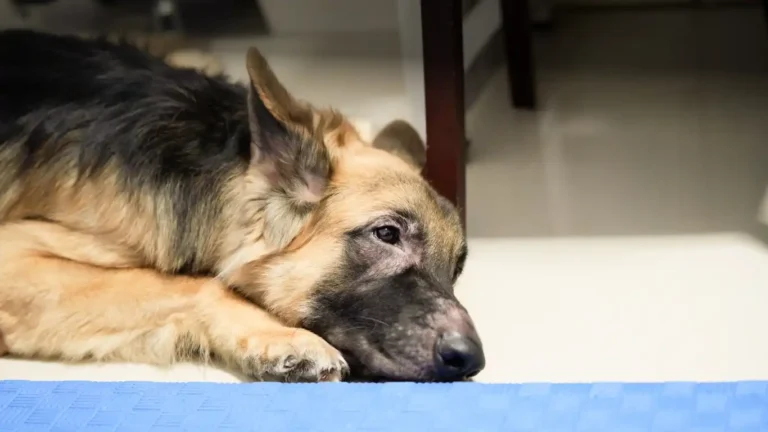Ultimate Guide to the Best Home Exercises to Keep a Dog Fit Indoors
If you’re like me, spending a lot of time indoors with your furry best friend, you’ve probably wondered about the best home exercises to keep a dog fit indoors. As a Veterinary Technician specializing in nutrition, I can tell you that keeping dogs physically active inside is not only doable but also essential for their overall health and happiness. From experience, I’ve seen that when dogs miss out on regular exercise, they can develop weight issues, behavioral problems, and even joint troubles. But don’t worry, you don’t need a big backyard or fancy equipment to keep your pup moving and energized.
Why Indoor Exercise Is Just as Important
Many people assume that dogs only need outdoor walks for their fitness. While those daily strolls are important, sometimes weather, health issues, or busy schedules make it tough to get outside regularly. That’s where indoor exercises come in. I’ve worked with plenty of pet parents who thought their dogs were fine just lounging inside, but once we incorporated simple activities, the changes were amazing—better mood, more stamina, and healthier weight.
Indoor exercise isn’t just about burning calories—it’s about mental stimulation, muscle strength, and maintaining joint flexibility. This holistic approach to fitness keeps dogs feeling good from the inside out.
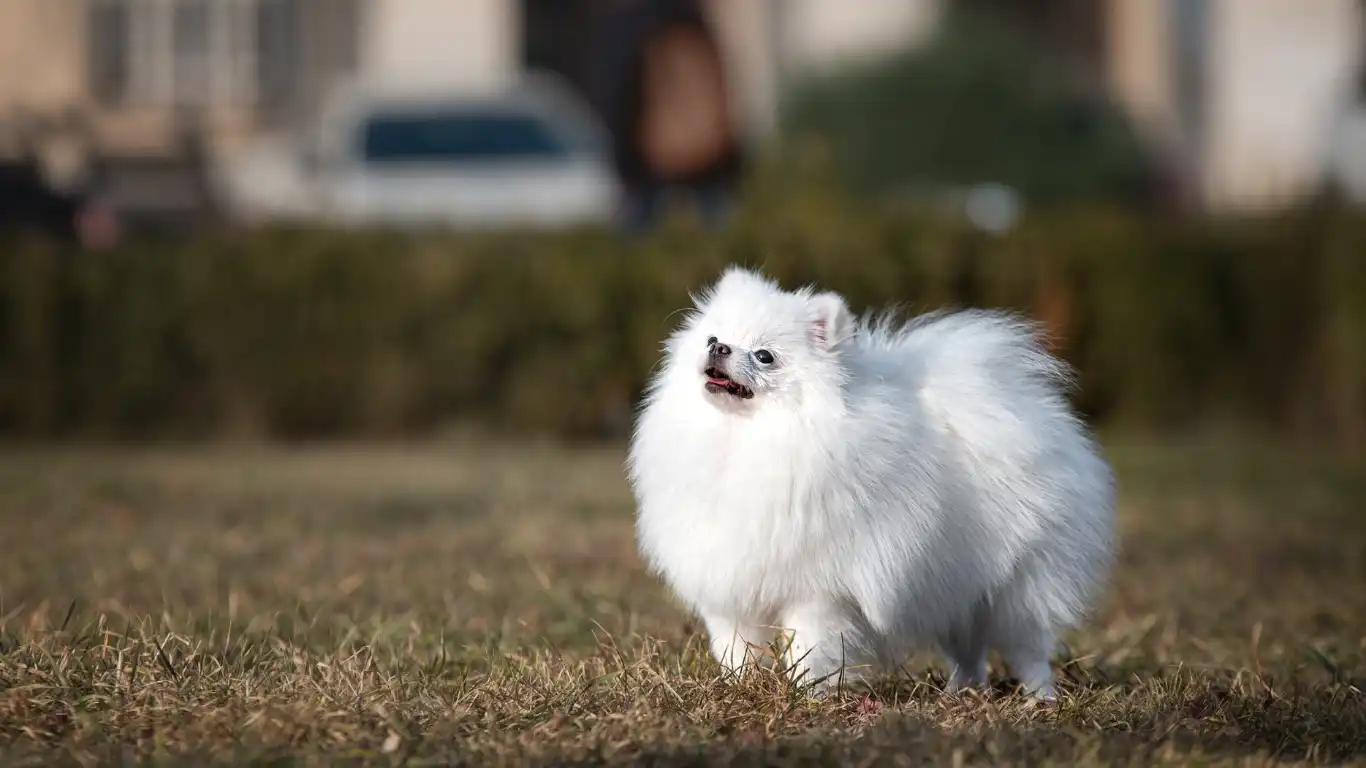
Top Benefits of Indoor Exercises for Dogs
- Weight management: Regular activity helps prevent obesity, which is common in less active pets.
- Joint health: Gentle indoor movements support cartilage and joint function, especially important for aging dogs.
- Behavioral improvement: Exercise reduces anxiety and destructive behaviors caused by boredom.
- Bonding time: Exercising together strengthens the connection between you and your dog.
Best Home Exercises to Keep a Dog Fit Indoors
Alright, now for the fun part! Based on what I’ve seen with my own dogs and countless clients’ pets, here are some of the best home exercises to keep a dog fit indoors. These activities are practical, easy to set up, and perfect for all dog sizes and energy levels.
1. Interactive Fetch
When space is limited, fetch doesn’t have to be just a backyard game. I usually use a hallway or clear space in the living room. Soft balls or plush toys work great to avoid damage. This simple game encourages bursts of running and helps improve coordination.
2. Tug-of-War
This classic game is a fantastic way to engage your dog’s muscles and burn energy. It’s also a wonderful bonding activity. I always remind clients to let the dog win occasionally to keep the game fun and encouraging.
3. Stair Climbing
If you have stairs at home, use them! Walking or running up and down stairs is a terrific workout for dogs’ leg muscles and cardiovascular system. Just be cautious with puppies or older dogs with joint issues.
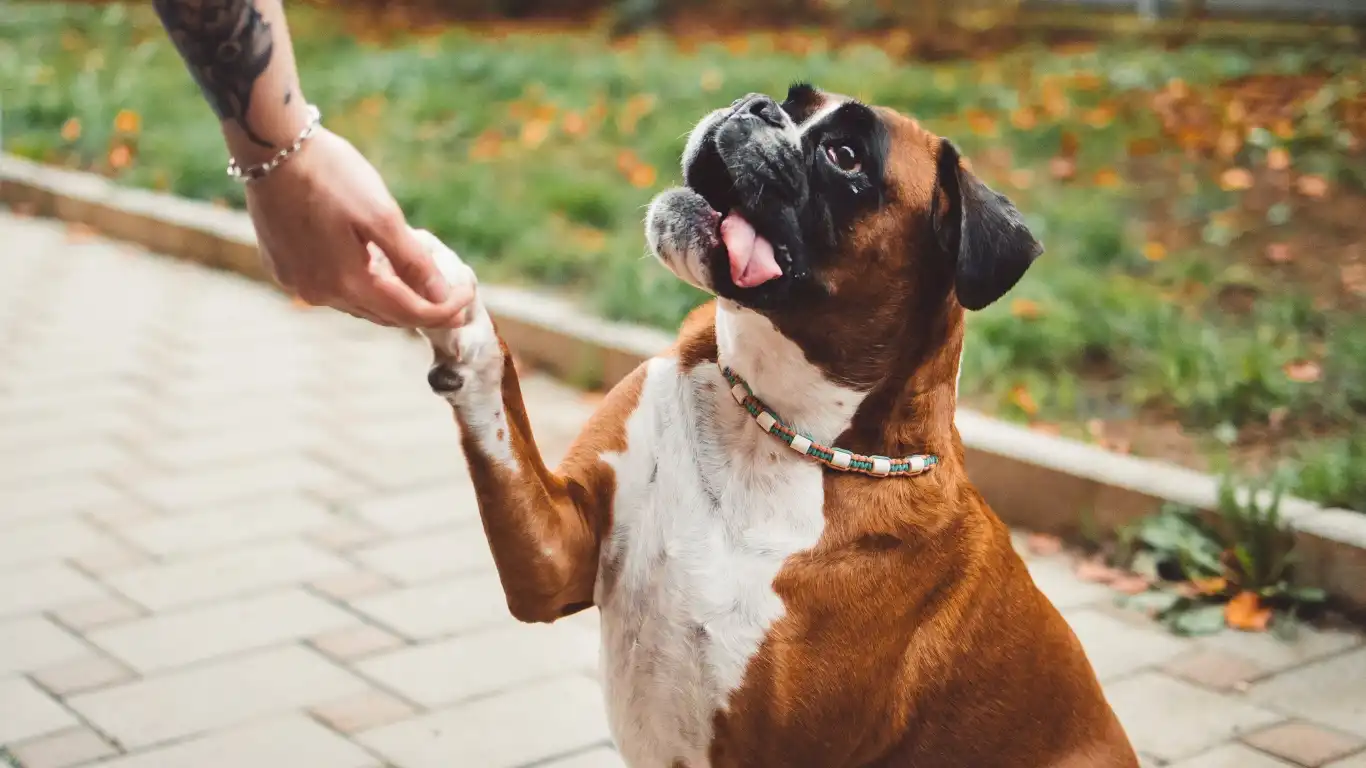
4. Hide and Seek
This game not only boosts physical activity but also sharpens your dog’s mind. Hide somewhere in your home and call your dog to find you. The excitement and movement involved make it a playful workout.
5. DIY Agility Course
You don’t need fancy equipment for this—household items like chairs, broomsticks, and cushions can be transformed into an agility course. I’ve set up courses for my own dogs that include jumping over low barriers, weaving through chair legs, and crawling under tables.
6. Nose Work Games
As a vet tech who’s seen firsthand how mental stimulation benefits dogs, I can’t stress enough how important nose work is. Sniffing out treats hidden around the house not only gets your dog moving but also engages their brain in a deeply satisfying way. You can start simple by hiding treats under cups or inside small boxes and letting your dog find them. Trust me, after a few rounds, they’ll be happily searching for the next prize, and it’s a gentle but effective form of indoor exercise.
7. Balance and Core Strength Exercises
It might sound fancy, but simple exercises that encourage your dog to balance can work wonders. Using a sturdy cushion or a wobble board (if you have one), you can help improve your dog’s core strength and stability. This is especially useful for dogs recovering from injuries or those prone to joint issues. From my experience working with canine rehab patients, I’ve seen these exercises speed up recovery and prevent future problems.

Setting Up a Safe Indoor Exercise Space
One thing I always remind dog owners is to make sure the exercise area is safe and comfortable. Slippery floors, sharp edges, or clutter can lead to injuries during play. When I guide pet parents, I suggest the following simple tips to create a secure zone:
- Clear the floor: Remove rugs that slip easily and anything your dog might trip over.
- Use non-slip mats: These can give your dog better grip and prevent sliding during fast moves.
- Limit distractions: Turn off TVs or music that might startle your dog mid-play.
- Keep water nearby: Hydration is just as important indoors, especially after active sessions.
Tips for Making Indoor Workouts Fun and Effective
From my years as a veterinary technician, I’ve learned that consistency and positive reinforcement are key to any fitness routine for dogs. Here are some tips that have helped me—and my clients—keep dogs motivated and injury-free while exercising indoors:
- Short sessions: Dogs, especially puppies and seniors, can get tired quickly. Aim for several short bursts of activity throughout the day instead of one long workout.
- Use treats wisely: Incorporate healthy treats to reward effort and success, but keep an eye on calories to avoid weight gain.
- Watch for signs of fatigue: Heavy panting, lagging behind, or reluctance to continue are signs your dog needs a break.
- Mix it up: Variety prevents boredom. Rotate different exercises and games to keep your dog’s mind and body engaged.
- Include mental challenges: Exercise isn’t just physical. Incorporating training commands or puzzle toys can make workouts more enriching.

Nutrition’s Role in Supporting Indoor Fitness
As someone specialized in pet nutrition, I can’t talk about exercise without mentioning food. Proper nutrition is the foundation of a healthy, active dog. When exercising indoors, especially if space or time limits the amount of physical activity, it’s crucial to adjust your dog’s diet accordingly. Overfeeding without enough movement can lead to weight gain, which makes exercising harder and less enjoyable for your pup.
Here are a few pointers I always share with pet parents:
- Choose a balanced diet tailored to your dog’s age, size, and activity level.
- Measure food portions instead of free-feeding to control calorie intake.
- Consider supplements like omega-3 fatty acids for joint health, especially if your dog is older or less active.
- Keep treats low-calorie and use them strategically during exercise sessions.
When to Consult a Professional
Sometimes, despite our best efforts, dogs may face limitations due to age, health conditions, or injury. If you notice your dog struggling with movement or showing signs of discomfort during indoor exercises, it’s always best to consult a veterinarian or a certified canine rehabilitation specialist. Over my career, I’ve seen how early intervention and tailored exercise plans can dramatically improve quality of life.
Remember, each dog is unique, so a one-size-fits-all approach doesn’t work when it comes to fitness. Your vet or specialist can help design a program that fits your dog’s individual needs, ensuring they stay safe, happy, and fit even when stuck indoors.
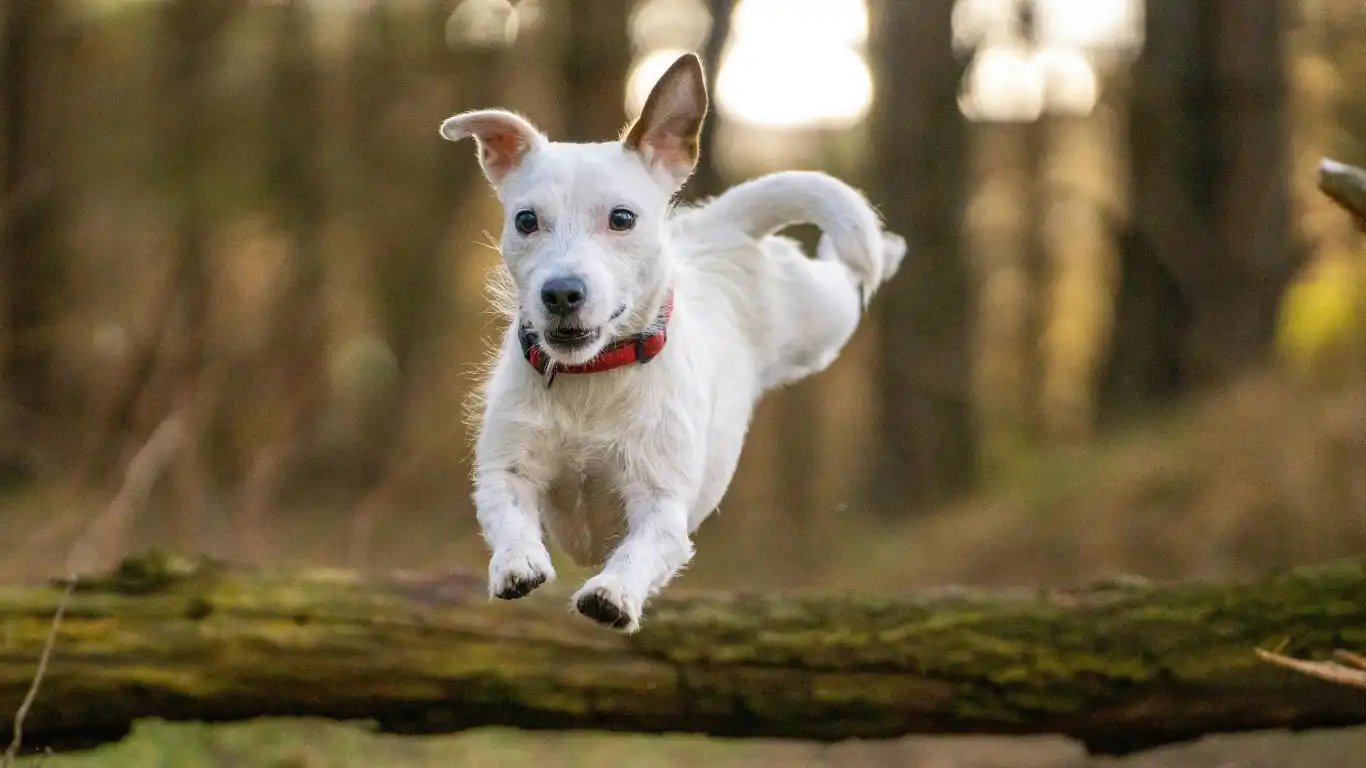
Next up, we’ll explore some advanced indoor exercise techniques and how to gradually increase difficulty to keep your dog challenged and excited. But for now, these basics will give you a solid starting point to keep your furry friend fit and thriving inside your home.
Advanced Indoor Exercises to Challenge Your Dog
By now, you’ve got a solid foundation of fun, effective ways to keep your dog fit indoors. But what if your pup is a high-energy breed or just loves a good challenge? From my experience as a veterinary technician, I’ve seen how gradually increasing the difficulty of indoor exercises keeps dogs engaged and physically fit without the risk of boredom or injury.
1. Trick Training for Fitness
Teaching your dog new tricks is a fantastic way to combine mental stimulation with physical activity. Moves like spinning, weaving between your legs, or even standing on hind legs require strength, balance, and coordination. When I work with clients, I often recommend breaking tricks down into small steps and using plenty of praise and rewards—this keeps the experience positive and builds your dog’s confidence.
2. Indoor Scent Trails
Taking nose work a notch higher, try creating scent trails inside your home. Using a favorite treat or toy, drag it along the floor to create a trail for your dog to follow. This game sharpens their natural tracking instincts and keeps them moving around the house, sniffing and searching. I love seeing dogs’ enthusiasm when they catch the scent and follow it like pros!
3. Elevated Exercises
Use stable furniture or pet-safe platforms to encourage your dog to step up, step down, or jump gently. These movements build strength and agility. I always caution pet owners to supervise closely and avoid anything that might risk a fall or strain. When done safely, these exercises add variety and target different muscle groups than flat-surface activities.
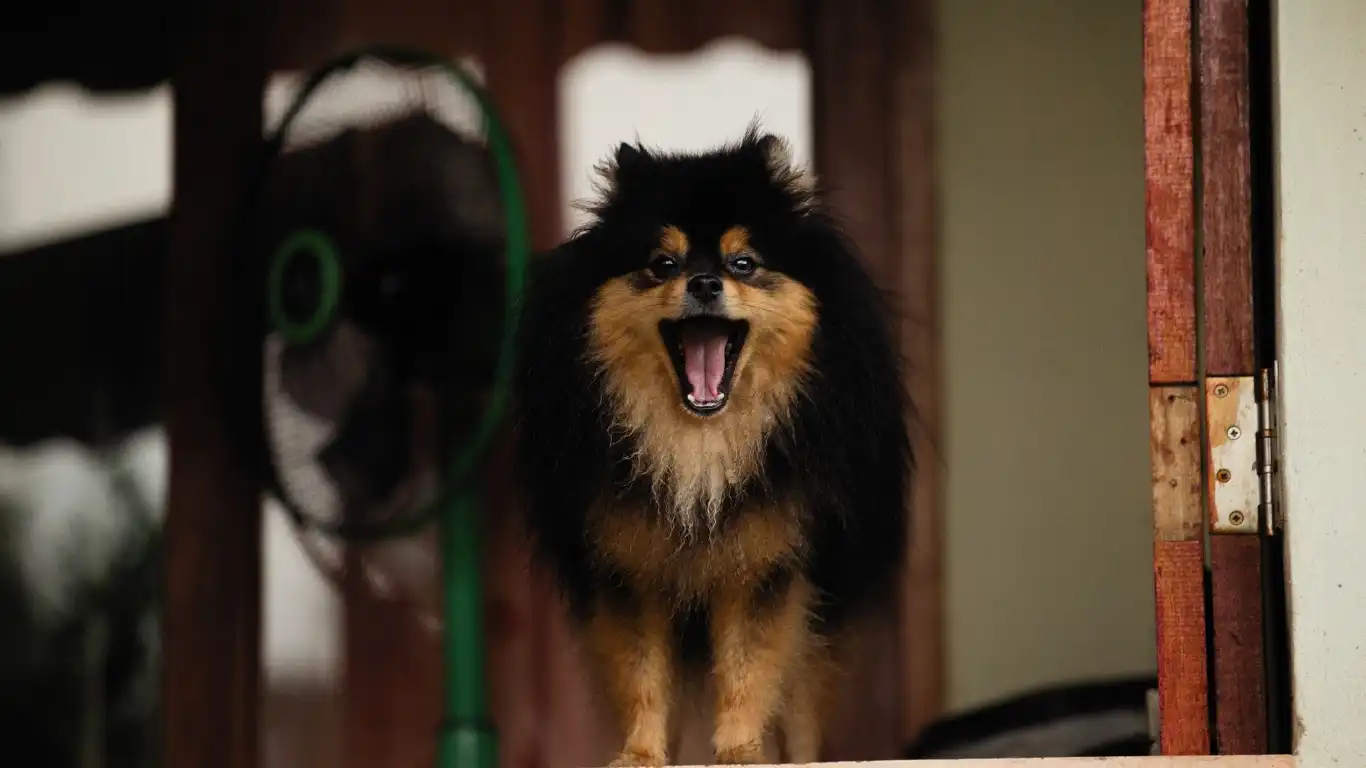
Monitoring Your Dog’s Progress and Health
Tracking how your dog responds to indoor exercise is super important. As someone who’s monitored countless pets over the years, I recommend keeping a simple journal or using a pet health app to note down:
- Types of exercises done
- Duration and intensity
- Any changes in behavior or energy levels
- Signs of soreness, limping, or reluctance
This helps you and your vet spot any issues early and tweak the routine for the best results. Remember, indoor fitness isn’t a one-time fix—it’s an ongoing commitment to your dog’s well-being.
Incorporating Play into Daily Life
One thing I’ve learned is that exercise shouldn’t feel like a chore for your dog—or you. Making play a natural part of your daily routine makes all the difference. Whether it’s a quick game of tug during a commercial break or a few rounds of fetch before dinner, every bit adds up. Plus, it strengthens your bond, which is just as important for a happy, healthy dog.
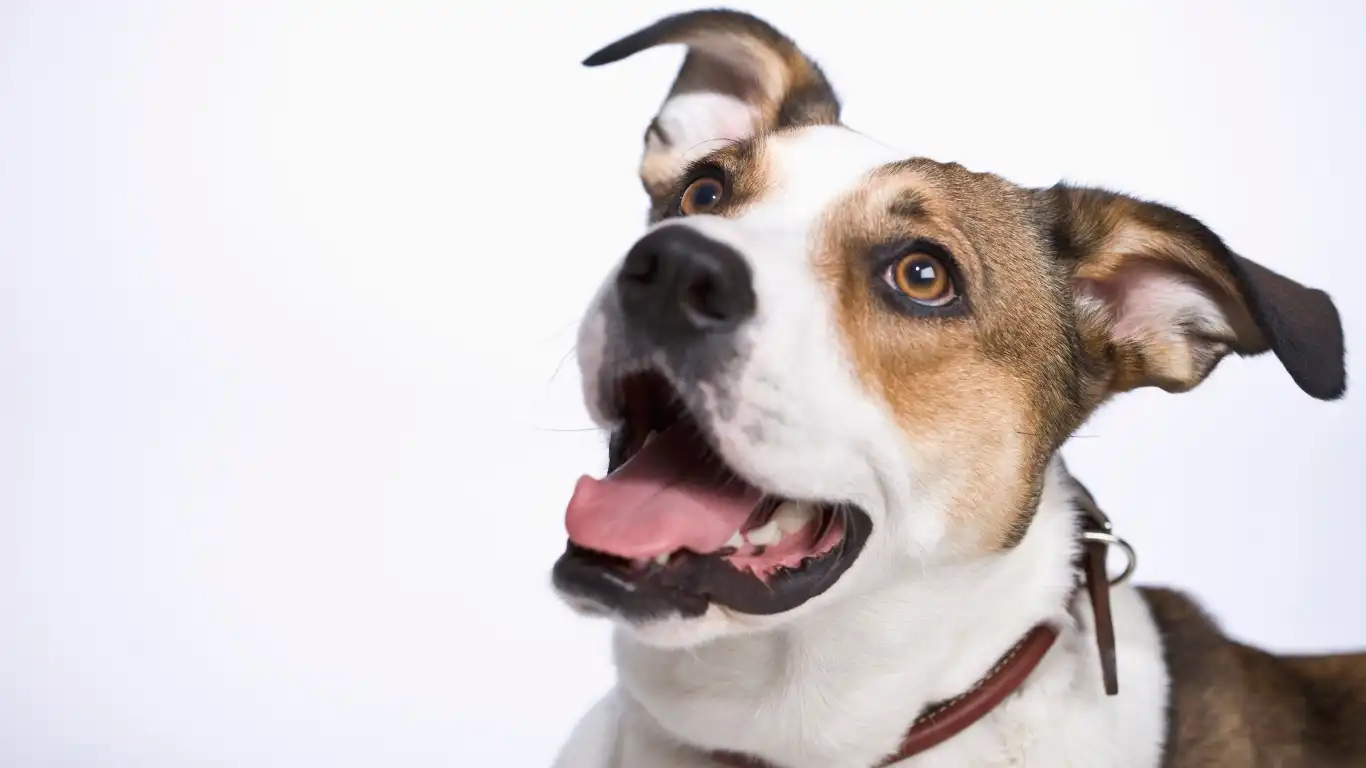
Common Indoor Exercise Mistakes to Avoid
It’s easy to get excited about keeping your dog active, but there are some pitfalls to watch for. Here are a few mistakes I’ve seen—and helped clients avoid—throughout my career:
- Overdoing it: Dogs, especially seniors or those with health conditions, need gradual increases in activity to avoid injury.
- Ignoring signs of discomfort: Limping, excessive panting, or refusal to participate are red flags that require a pause and possibly a vet visit.
- Unsafe environment: Cluttered or slippery floors can lead to accidents. Always check your exercise space beforehand.
- Lack of variety: Repeating the same exercise too often can cause boredom or overuse injuries.
Final Thoughts on Keeping Your Dog Fit Indoors
Keeping your dog fit indoors isn’t just about preventing weight gain—it’s about supporting their physical health, mental sharpness, and emotional well-being. Over the years, working closely with dogs and their owners, I’ve seen how even simple, consistent indoor exercises can transform a dog’s quality of life. Plus, the shared fun and bonding moments are priceless.
Remember to always tailor exercises to your dog’s individual needs and consult your vet if you’re unsure about what’s safe and suitable. That way, your pup stays happy, healthy, and ready for whatever adventure comes next—even if it’s just a game of fetch down the hallway.
References
- American Animal Hospital Association
- American Kennel Club
- American Veterinary Medical Association
- American Gastroenterological Association
Disclaimer
This article is intended for informational purposes only and does not replace professional veterinary advice. Always consult your veterinarian before starting any new exercise program with your dog, especially if your pet has existing health conditions or special needs. The author and publisher are not responsible for any adverse effects or injuries that may result from the exercises discussed.
